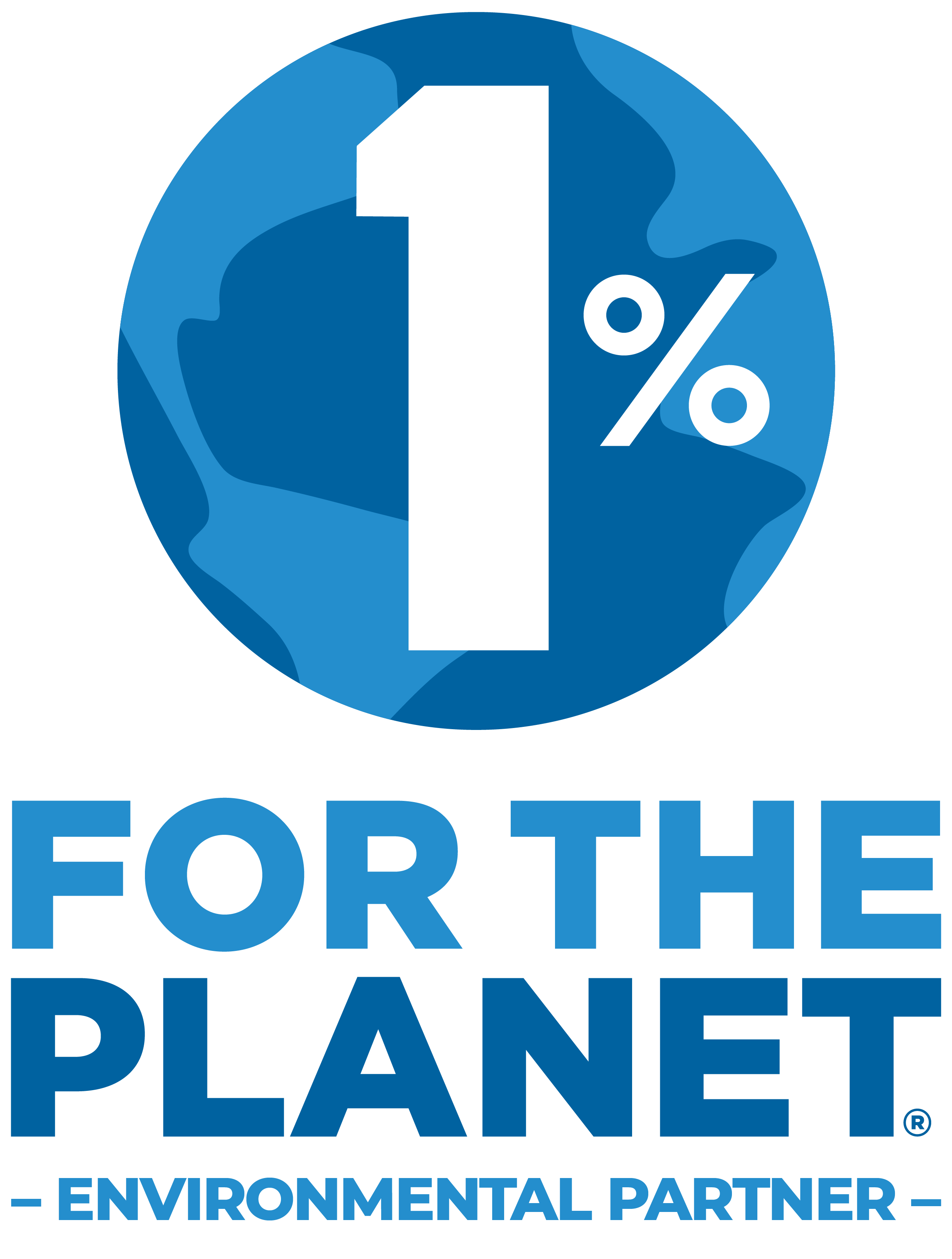Active banners: 1 Visible banners: 1
Banner ID: 25 Has content: true
Join us for the Teaching Economics through Climate – The Snowmobile Business Plan - January 13, 2026 4-5pm ET
Extreme Heat Risk & Air Conditioning Ownership in California
Provided by: Yale Program on Climate Change Communication |Published on: April 27, 2021
Articles/Websites
9101112AP
Synopsis
- This article uses survey data and other research to show how different populations in California perceive the risk of extreme heat and the proportions of people in California that have access to air conditioning.
- The demographics analyzed include age, gender, political affiliation, race/ethnicity, home ownership, and housing type.
- The article offers a number of preventative measures that individuals can take in order to protect themselves during periods of extreme heat.

Subjects: Social Studies, Health
Authors: Yale Program on Climate Change Communication
Region: California
Languages: English
Teaching Materials
Positives
- Easy-to-read graphs will help students understand the data discussed in the article.
- The article links to many other helpful articles and resources.
Prerequisites
- The first link in the article provides an excellent overview on the increase in heat waves in the United States.
- Students should know how to read bar graphs.
Differentiation & Implementation
- Science or social studies teachers could use the graphs as an opening activity to spark curiosity as to why different populations might perceive heat risk differently. This could be a great opener to an environmental justice lesson plan.
- Civics classes could discuss why the perceived risk of extreme heat differs for people in different political parties.
- Other resources on this topic include this video on the health risks of climate change, this article on dangerous humid heat extremes, and this video about extreme heat in Jacobabad, Pakistan.
Scientist Notes
Teaching Tips
Standards
Resource Type and Format
About the Partner Provider

Yale Program on Climate Change Communication
The Yale Program on Climate Change Communication conducts scientific research on public opinion and behavior. They also engage the public in climate change science and solutions, in partnerships with governments, media, companies, and civil society.
All resources can be used for your educational purposes with proper attribution to the content provider.



